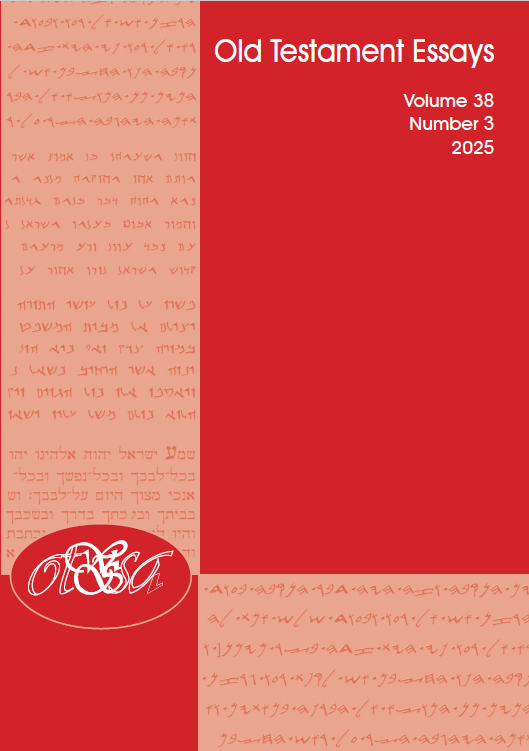Abstract
The approvals of the chief baker and Issachar (Gen 40:16; 49:15) belong to the climax of the divine response to the pre-diluvian approvals of the forbidden, Gen 37–50 and as such ought to be read in the context of the divine approvals of Gen 1.In contrast to approvals of the forbidden in Gen 3:6 and 6:2, those in Gen 40:16 and 49:15 see the truly good. They also carry through the theme of innate fertility of non-human creation (wine and bread; cattle and grain; the best of Egypt) and the good of earthly human life (the wine-bearer lives; rest in the promised land). The contrast of the two sets of approvals and the fact that neither the baker nor Issachar enjoys what is truly good alerts the exilic audience to its failure to keep its complementary vocation of 2:15 and why “there shall be no resting place for the sole of your foot” (Deut 28:65; cf. Gen 8:9).
Authors who publish with this journal agree to the following terms:
- Authors retain copyright and grant the journal right of first publication with the work simultaneously licensed under a Creative Commons Attribution License that allows others to share the work with an acknowledgement of the work's authorship and initial publication in this journal.
- Authors are able to enter into separate, additional contractual arrangements for the non-exclusive distribution of the journal's published version of the work (e.g., post it to an institutional repository or publish it in a book), with an acknowledgement of its initial publication in this journal.
- Authors are permitted and encouraged to post their work online (e.g., in institutional repositories or on their website) prior to and during the submission process, as it can lead to productive exchanges, as well as earlier and greater citation of published work (See The Effect of Open Access).

